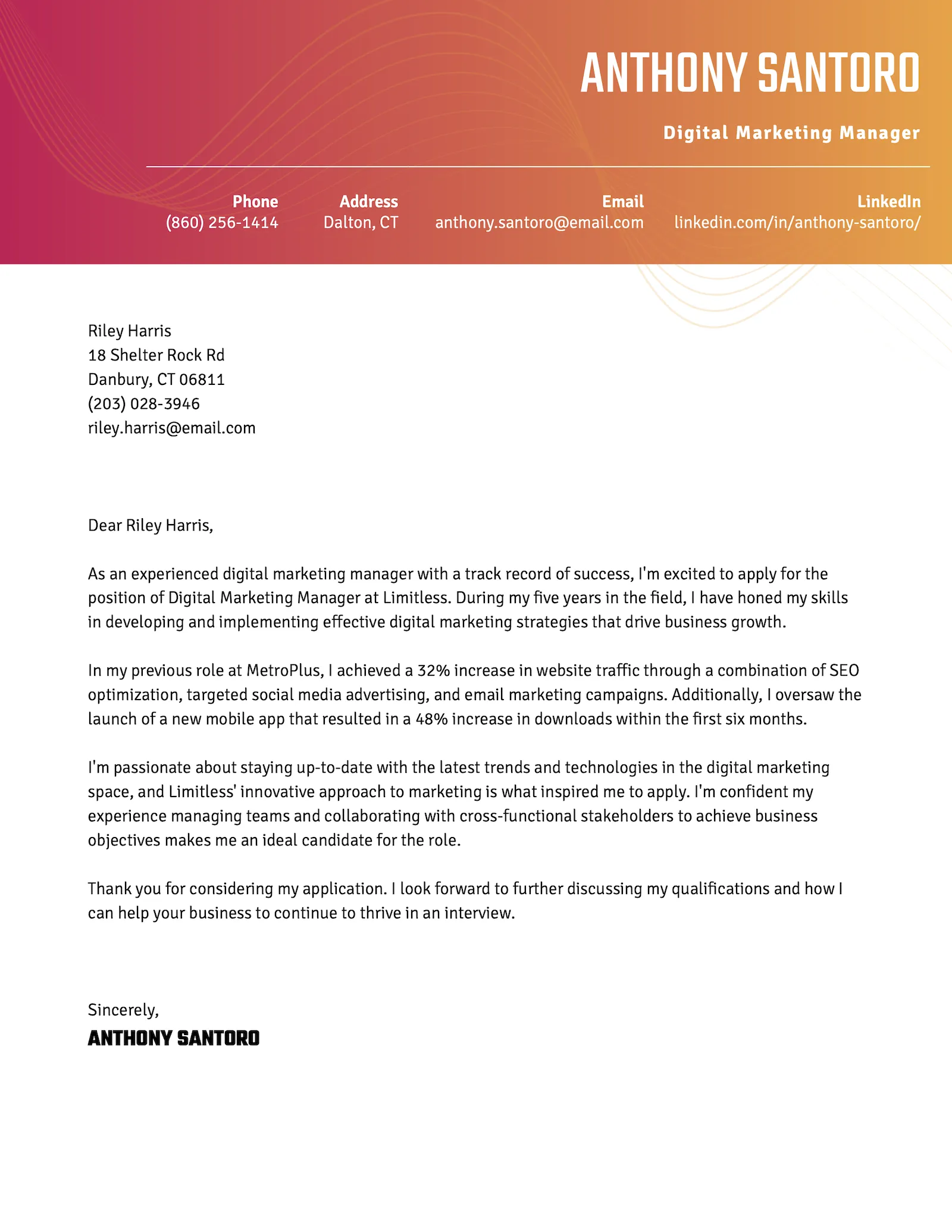Cover Letter Wording: Introduction
A cover letter is your first impression on a potential employer, a critical tool in your job search arsenal. It’s a chance to go beyond your resume and tell your story, to highlight your skills, and demonstrate why you’re the perfect fit for the role. The wording you choose is paramount; it can be the difference between landing an interview and being passed over. The goal is to capture the reader’s attention immediately and provide a compelling reason to delve deeper into your qualifications. This is where your cover letter wording ideas come into play, crafting a narrative that showcases your unique value proposition and makes you memorable. It is also about tailoring your message to the specific job and the company’s needs. This personalized approach demonstrates genuine interest and a proactive attitude, which is highly valued by recruiters.
Highlighting Achievements
Rather than simply listing responsibilities, focus on your accomplishments. Employers want to see what you’ve achieved, not just what you’ve done. Quantifiable achievements provide concrete evidence of your skills and impact. This section is about demonstrating your value through measurable results. Did you increase sales by a certain percentage? Did you streamline a process, saving time and resources? Did you receive any awards or recognition? Highlighting these achievements makes your cover letter much more compelling and memorable. When describing your achievements, try to use the STAR method (Situation, Task, Action, Result) to provide context and demonstrate the impact of your contributions.
Quantify Your Accomplishments
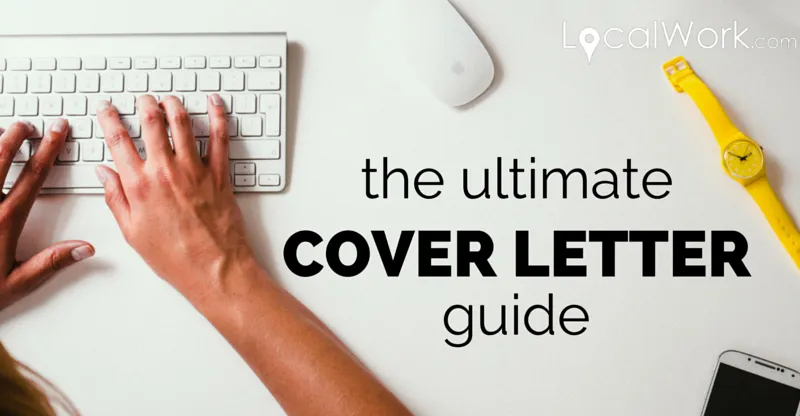
Numbers speak volumes. Instead of saying “Improved customer satisfaction,” say “Increased customer satisfaction by 15% within six months.” Using specific data makes your achievements more credible and impactful. Providing concrete numbers also helps the hiring manager quickly grasp the scale of your contributions. Be sure to use metrics that are relevant to the job requirements and align with the company’s goals. Whenever possible, include percentages, dollar amounts, or other quantifiable data to provide clear evidence of your impact. This turns your accomplishments into tangible, easily understood results. Remember to keep it clear, concise, and focused on the outcome.
Use Action Verbs
Start your sentences with strong action verbs to make your cover letter more dynamic and engaging. Verbs like “managed,” “developed,” “led,” “implemented,” and “achieved” make your accomplishments sound more compelling. Avoid passive voice; instead, use active voice to clearly describe your actions and the results you achieved. This approach brings your experience to life and quickly captures the reader’s attention. Action verbs help demonstrate initiative, responsibility, and a proactive approach, all of which are highly valued by employers. Also, make sure the verb choices are aligned with the job description. This strategy effectively conveys your ability to perform the required tasks and contribute to the company’s success.
Showcase Skills
Clearly state your relevant skills, both hard and soft, that align with the job description. Use keywords from the job posting to demonstrate that you’re a strong match. Provide specific examples of how you’ve used these skills to achieve results. This can include technical skills, project management, communication, teamwork, problem-solving, or any other skills that are mentioned in the job description. Highlighting relevant skills makes it easy for the hiring manager to quickly see that you possess the necessary qualifications. By matching your skills to the job requirements, you increase your chances of getting noticed and making a positive impression. Also, show how your skills translated into successful outcomes.
Express Enthusiasm
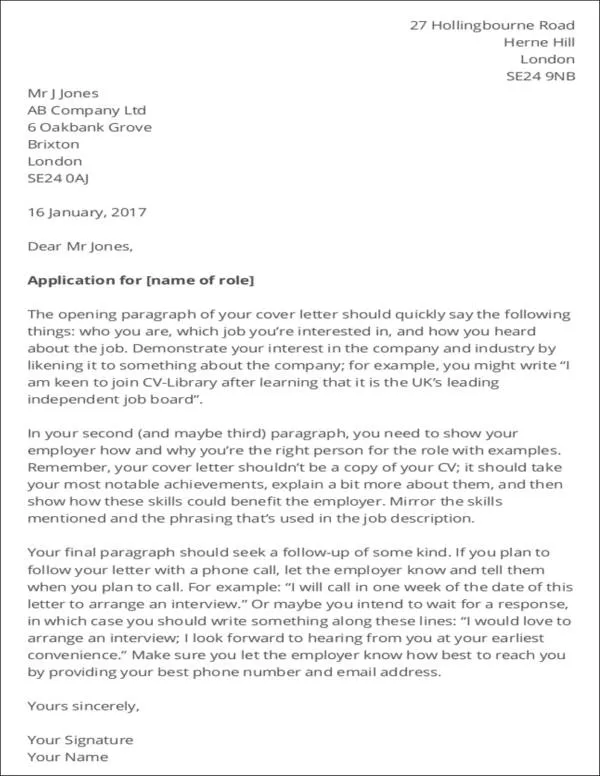
Let your passion for the role and the company shine through. Express your excitement about the opportunity and explain why you’re interested in the specific position. Enthusiasm is contagious, and it can make a positive impression. Make sure your tone is authentic and genuine, expressing a true interest in the job and company. Show that you’ve researched the company and are genuinely interested in their mission or values. Enthusiasm helps you stand out from the crowd by making it clear that you are not just looking for a job but are passionate about contributing to the organization. It is a key factor in making your cover letter more memorable and showing your eagerness to be a part of the team.
Demonstrate Company Knowledge
Research the company and mention something specific that resonates with you. This shows you’ve taken the time to learn about the organization, demonstrating your interest. Include their mission, values, recent projects, or news about the company that has captured your interest. This could be a specific product, service, or initiative. Demonstrating knowledge of the company shows your serious interest in the opportunity and your willingness to contribute. Tailor your cover letter to each company and position. Make it clear you understand their market position, competitors, and industry trends. Showing this level of understanding makes you a stronger candidate by showing that you’re prepared to be successful in the role.
Personalize the Letter
Avoid generic cover letters; tailor each one to the specific job and company. Address the hiring manager by name if possible, and reference specific details from the job description. This shows that you have paid attention and are not just sending out a generic application. Personalization makes your cover letter feel more human and less like a mass mailing. It creates a connection with the reader, making them more likely to engage with your application. Whenever you can, try to find out the name of the hiring manager and mention something specific about the role or company that appeals to you.
Address Specific Needs
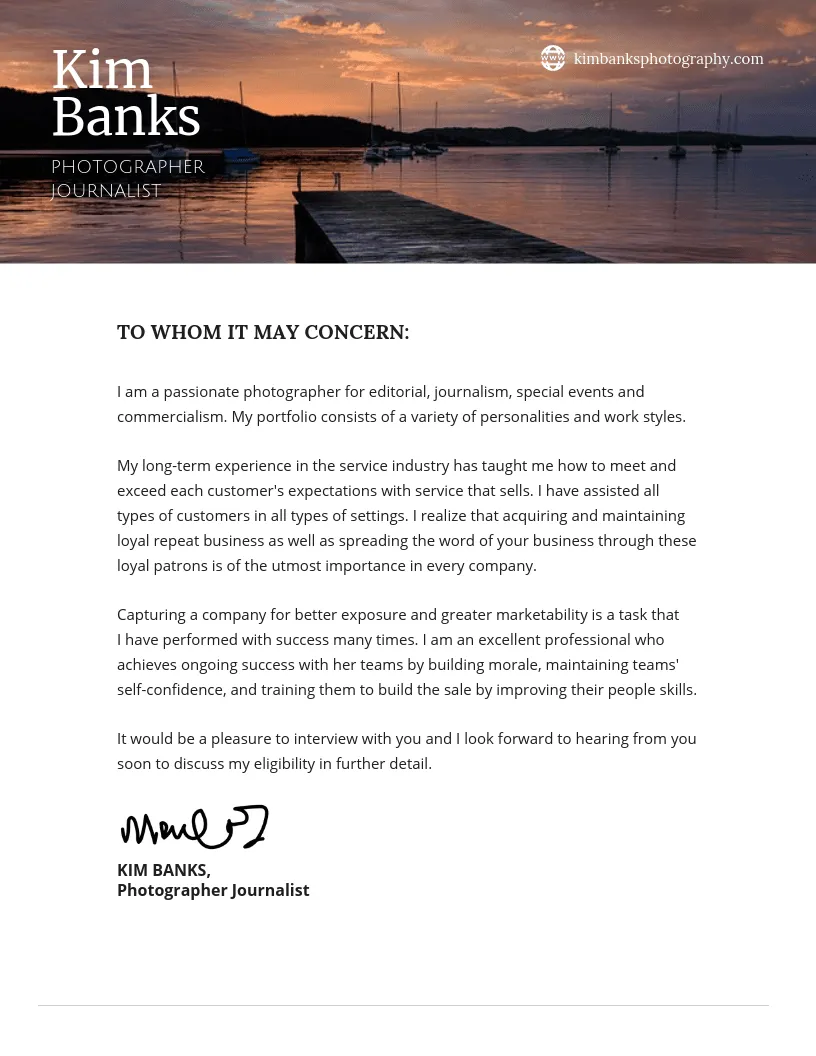
Identify and address the key requirements and needs mentioned in the job posting. Explain how your skills and experience align with these needs. Provide concrete examples of how you’ve solved problems or achieved goals relevant to the position. Align your skills and experience with the specific requirements outlined in the job description. This demonstrates that you are not only qualified but also understand the needs of the company. Provide examples of how you’ve used your skills to tackle similar challenges or contribute to similar goals in the past. Emphasizing these details helps make your application highly relevant.
Highlight Relevant Experience
Focus on the experience that’s most relevant to the job. Prioritize experiences that align with the job requirements and showcase your ability to succeed in the role. Don’t just list your job responsibilities; describe the skills and results you achieved. Select experiences that directly relate to the duties of the position you are applying for, and describe your achievements and quantifiable results. Choose specific projects, tasks, or roles from your past that highlight your skills and suitability for the job. Make sure to connect each experience to the requirements mentioned in the job description. This approach demonstrates your ability to contribute meaningfully to the team.
Match Job Description
Carefully review the job description and match your wording to the key requirements. Use similar language and keywords to show that you understand the role. Make sure your cover letter directly addresses the points outlined in the job description. This helps the hiring manager quickly see how your experience aligns with their needs. Using the same language and keywords increases the likelihood of your application passing through applicant tracking systems (ATS). This will also help your cover letter resonate with the hiring manager. Pay attention to the skills, experience, and qualifications listed. Then use these words and phrases in your cover letter.
Focus on Value Proposition
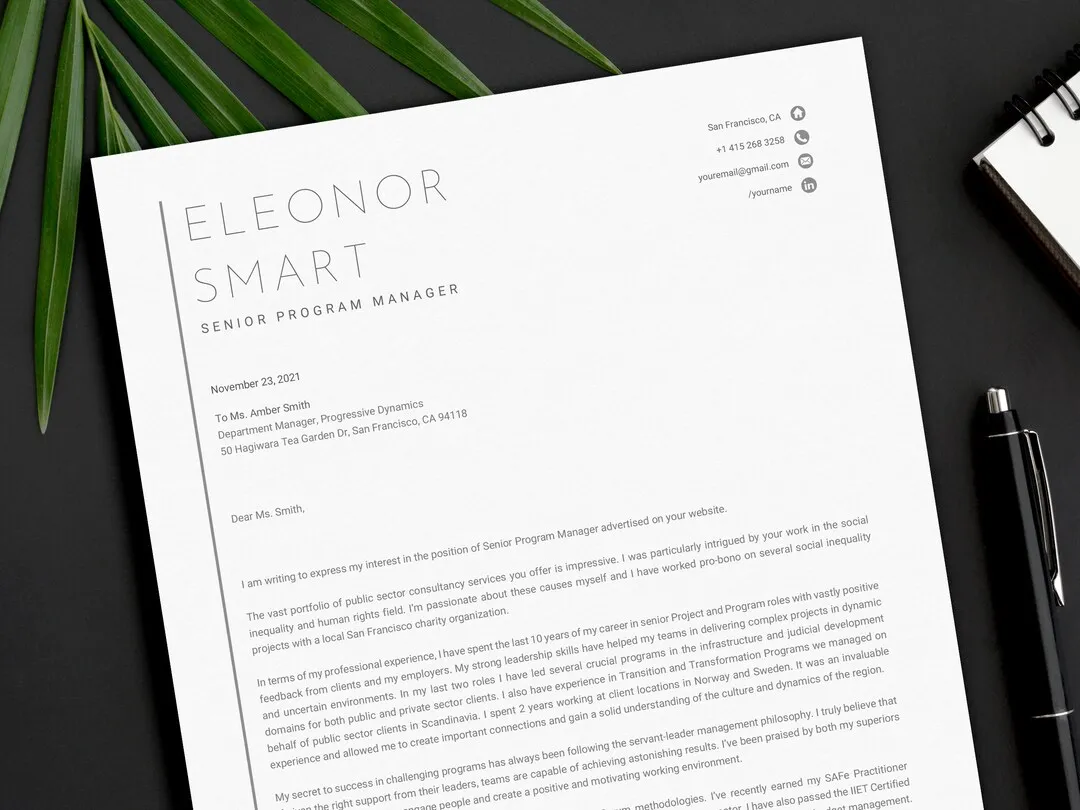
Clearly state what value you bring to the company. Explain why you are the best candidate for the job and what you can contribute to their success. Outline your key strengths and highlight how they will benefit the company. Clearly articulate how your skills, experience, and attributes can contribute to the company’s goals. This is the core of your cover letter. Emphasize your ability to solve problems, improve processes, drive results, or contribute to the company’s mission. By focusing on your value proposition, you show the employer what you can do for them, which is the main goal of your cover letter.
Use Strong Closing
End your cover letter with a strong closing that reinforces your interest and encourages the employer to take action. Make it clear that you are eager to learn more about the opportunity and are looking forward to hearing back from them. Ensure your closing is professional and reflects the tone of the rest of the letter. Your closing should summarize why you are the ideal candidate and what value you bring. It should express your enthusiasm and excitement for the position, and it should leave a lasting impression. The conclusion is a chance to make a final impactful statement that confirms your interest and encourages the hiring manager to contact you for an interview.
Express Gratitude
Thank the hiring manager for their time and consideration. Expressing gratitude is a polite and professional way to end your cover letter. Show appreciation for the opportunity to be considered for the role. This gesture is a simple way to leave a positive impression. A sincere thank you is a sign of respect and shows that you value the opportunity. Thanking the hiring manager reinforces the positive impression you want to make. Including a brief thank you demonstrates professionalism and consideration.
Include a Call to Action
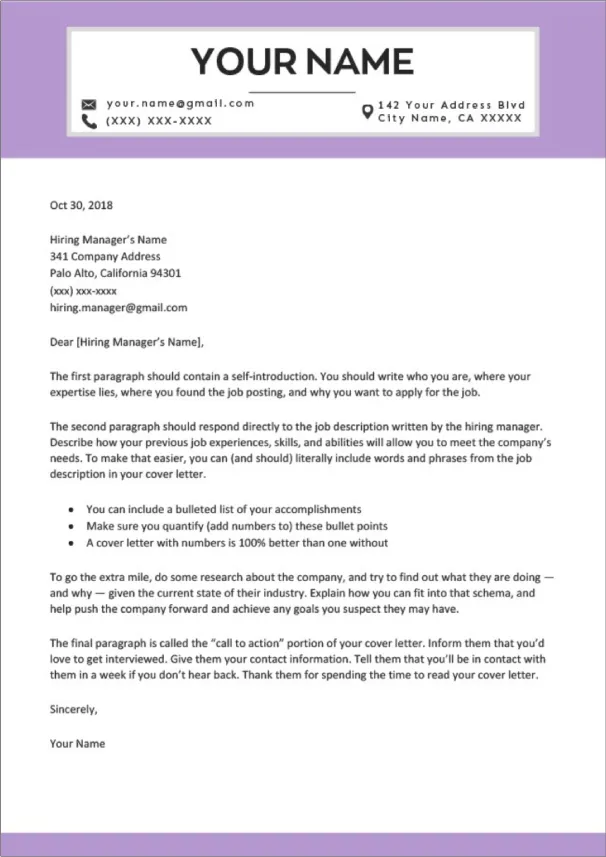
Include a clear call to action, such as requesting an interview. Make it easy for the employer to move forward with your application. The call to action is where you guide the reader on what you want them to do next. It encourages the hiring manager to take the next step. Keep the call to action clear and concise. Make it easy for them to contact you for an interview or request further information. The call to action should be specific and make it easy for them to move forward with your application.
